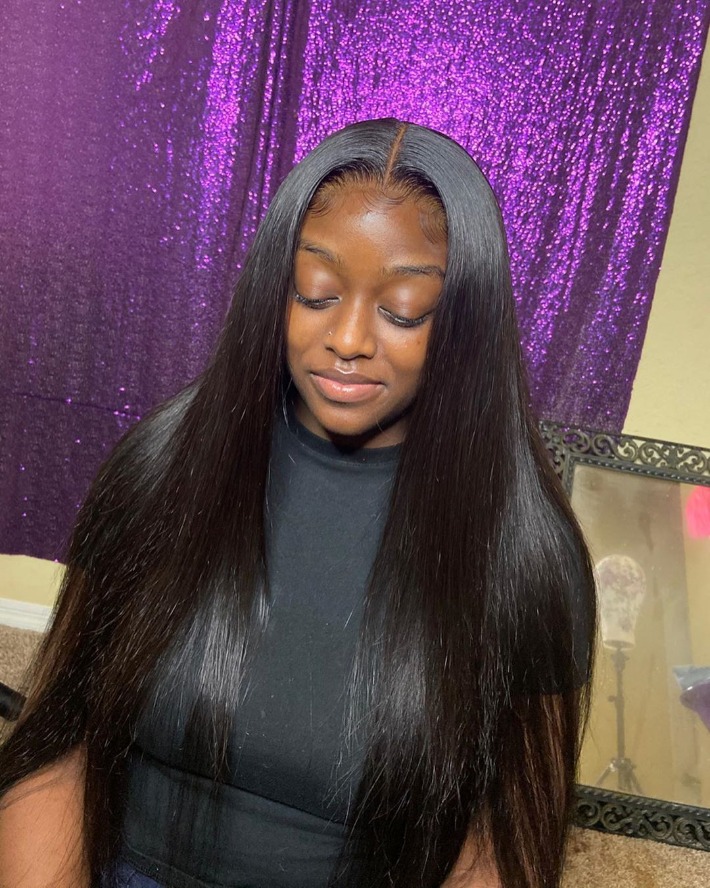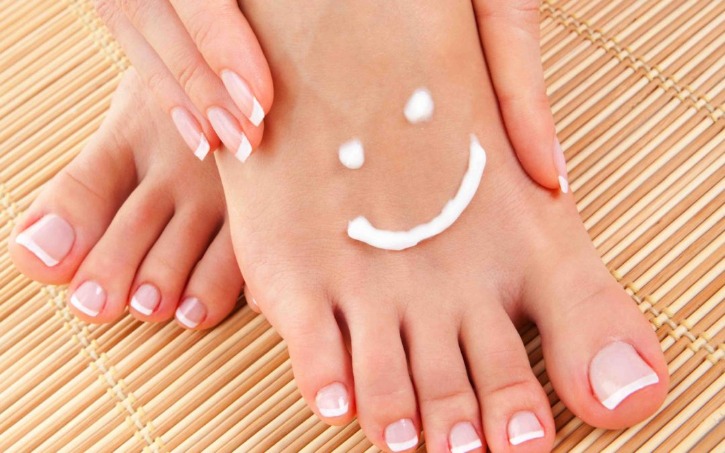Great grooming starts with the right tool. Whether you’re maintaining a buzz, blending a mid-fade, or sculpting detailed beard lines, the difference between an average cut and a seamless one often comes down to your clipper’s motor, blades, and ergonomics. Below is a practical guide to help you pick the best setup for your routine—at home or behind the chair.
What Matters Most When Choosing Clippers
- Motor type and torque: Rotary motors deliver balanced power and speed for all hair types; pivot motors excel in heavy cutting with less snagging; magnetic motors run fast and light for crisp lines but may struggle on dense growth.
- Blade steel and grind: High-carbon steel holds a sharper edge, ceramic stays cooler, and titanium coatings reduce friction. Look for adjustable taper levers and zero-gap capability if you want tight fades.
- Guard system: Secure, color-coded guards reduce guesswork. Premium, rigid guards help prevent “guard flex” that causes uneven cuts.
- Ergonomics and balance: A well-balanced body reduces wrist fatigue during longer sessions. Contoured housings and textured grips help with control.
- Corded vs. cordless: Corded offers constant power; cordless brings mobility. If cordless, check runtime (at least 90 minutes) and fast-charge options.
- Heat and noise: Better blade materials, proper lubrication, and tuned motors keep heat and noise down for a smoother experience.
- Maintenance access: Detachable blades or easy-open housings make cleaning and tuning simpler, extending tool life.
Match the Tool to Your Use Case
Home grooming
If you want fuss-free trims and simple blends, look for adjustable levers and a robust guard range. A cordless rotary motor with a 2-hour runtime covers most hair types. For keyword clarity: explore hair clippers that emphasize comfort and easy maintenance.
Style-forward fades and lines
For sharp tapers and detailed edges, clean blade alignment and speed matter. Pair a taper clipper with a dedicated trimmer for outlines. Many barber clippers offer zero-gap potential for ultra-tight finishes.
All-around versatility
If you need one tool that can bulk remove, taper, and blend, prioritize torque, adjustable blades, and sturdy guards. Those seeking the best hair clippers for men often choose balanced kits that include multiple guards, a taper lever, and strong battery life.
High-volume shop work
Durability, cool operation, and consistent torque are essential for back-to-back clients. Metal housings, high-carbon or DLC blades, and swappable batteries help you stay productive. This is where professional hair clippers with premium motors and rugged builds stand out.
Popular Builds and What They’re Good At
- Adjustable taper clipper: Ideal for fades and blends; lever lets you fine-tune length without switching guards constantly.
- Detachable-blade clipper: Great for heavy debulking; swapping blades beats changing guards when speed is crucial.
- Precision trimmer (companion tool): For outlines, neckline cleanup, and beard detailing; complements your main clipper.
Care and Maintenance Checklist
- Brush hair from blades after each use.
- Oil the blade rail and teeth before or after every session.
- Disinfect guards and blades to prevent skin irritation.
- Align and, if desired, carefully zero-gap for tighter finishes.
- Charge batteries properly; store tools in a dry, ventilated space.
Where to Buy
For a curated selection that spans home use to shop-grade tools, browse professional hair clippers.
FAQs
Are cordless models powerful enough for thick hair?
Yes—modern rotary cordless units with high-torque designs can plow through dense hair. Check specs for torque, blade quality, and runtime.
How often should I oil my blades?
Every use. A drop on each corner and along the teeth reduces friction, heat, and wear, keeping cuts smoother and blades sharper.
What’s the advantage of detachable blades?
Speed and consistency. Swapping a #000 for a #1 is faster than changing guards, and it ensures a precise, repeatable cut length.
Do I need separate tools for fades and beard work?
A taper clipper can handle fades; a narrow-blade trimmer excels at outlines and beard edges. Many prefer the two-tool setup for best results.
How do I reduce clipper heat?
Use quality oil, clean hair out frequently, choose low-friction blade coatings (ceramic or DLC), and give your tool short rest periods during marathon sessions.




